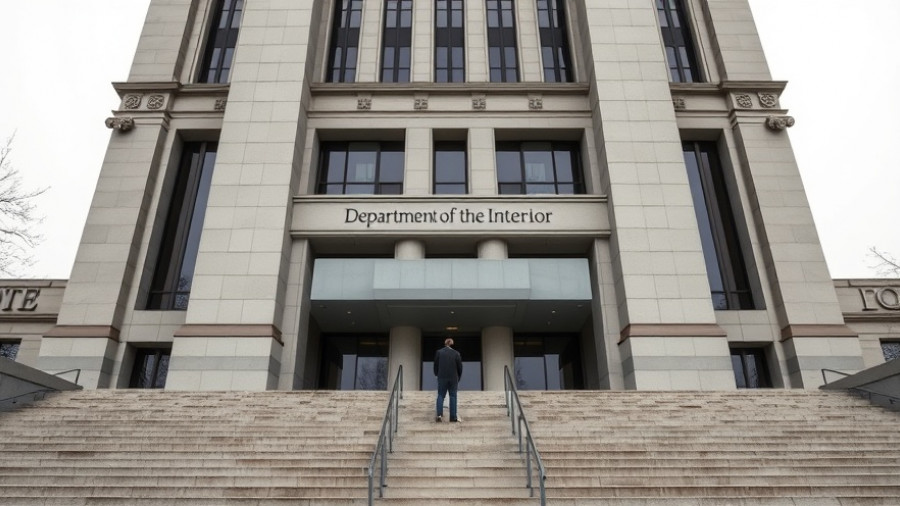
Trump’s Cuts to Environmental Jobs: What You Need to Know
The recent announcements from the Trump administration to cut thousands of federal jobs at key environmental agencies have sparked concern and confusion across the nation. Effective immediately, over 2,000 positions will be eliminated from the Department of the Interior and the Environmental Protection Agency (EPA), targeting those being critical to conservation, scientific research, and environmental protection. With the government shutdown intensifying, furloughs have already begun affecting EPA workers, leaving many environmental initiatives in jeopardy.
Environmental advocates are viewing these cuts as part of a larger agenda against scientific data collection and environmental regulation—an agenda that many argue could undermine decades of progress in conservation and public land management.
The Impact on Scientific Research and Public Lands
The Department of the Interior manages vital resources like national parks, wildlife refuges, and contributes to crucial scientific research on natural hazards and endangered species. Jennifer Rokala, from the Center for Western Priorities, indicates that these cuts would dramatically impact the scientific knowledge needed to tackle issues like wildlife preservation, habitat conservation, and climate change resilience. “This plan would eviscerate the core science that every American depends on,” Rokala stated.
Additionally, programs specifically addressing the integrity of ecosystems, such as those within the U.S. Geological Survey, face severe reductions. The proposed layoffs would hit hardest at the Great Lakes Science Center in Michigan, where the majority of positions—108 out of 137—are slated for elimination. This shift raises pressing questions about research continuity in ecosystems that are already vulnerable to climate pressures and pollution.
The Rationale Behind the Cuts
In an effort to streamline the federal workforce, the administration has positioned these layoffs as a necessary response to budget constraints. However, many critics argue that cutting scientific staff, particularly in roles crucial for monitoring and enforcing environmental standards, contradicts claims that the government is merely responding to a funding crisis. Instead, they perceive it as a deliberate move to stifle public access to environmental data and weaken protective regulations.
Public Reaction: A Call to Action
Amidst the cuts, public outcry is growing. Environmental groups stress the need for scientific inquiry and the protection of our national resources, urging citizens to voice their concerns to local representatives. If these reductions go unchallenged, the implications for ecological preserving efforts, and thereby for community livelihoods tied to those ecosystems, could be dire. This sentiment rings true as President Trump continues to face backlash for prioritizing political objectives over scientific integrity.
The ongoing debate around conservation funding underlines the urgency of maintaining robust federal support for the environment, especially as communities across the nation are increasingly reliant on sound research and effective policies to combat climate-related challenges. For advocates of both the environment and civic engagement, it’s a pertinent time to remain informed and act.
A Community Discussion on Conservation
For those interested in engaging more deeply with these issues, local forums or community meetings aimed at discussing conservation initiatives and mobilizing political action may provide avenues for grassroots support. Understanding the potential ramifications of these cuts can empower community members to ask critical questions and seek alternative solutions. Whether it’s through rallying for better funding or voicing concerns to policymakers, every action counts in the fight for environmental preservation.
Continued dialogue around these challenges will be crucial in shaping a future where conservation efforts remain broadly supported and scientifically informed.
 Add Row
Add Row  Add
Add 




Write A Comment